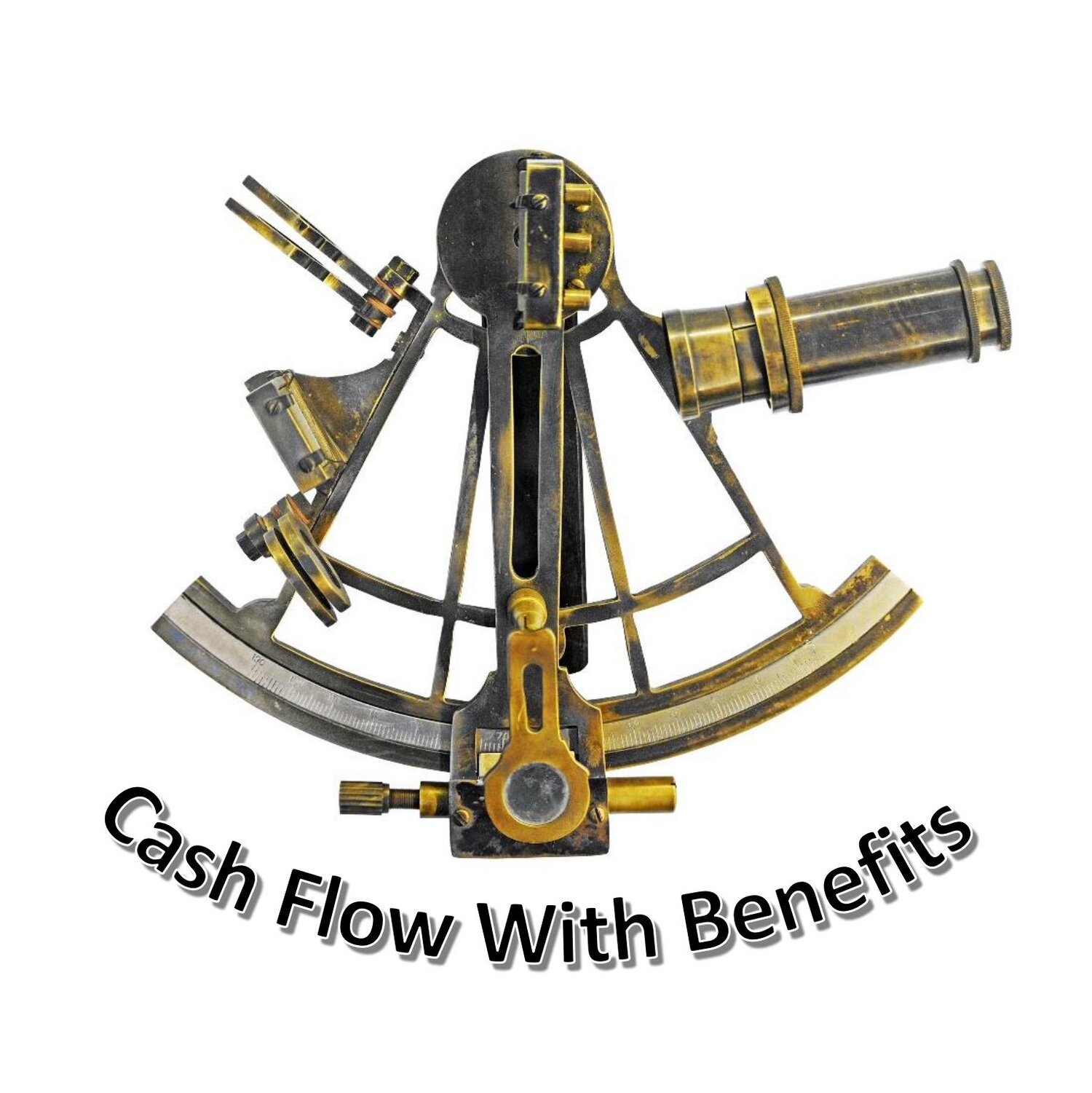To illustrate the process of infinite banking Nelson Nash uses the example of running a family business such as a retail store where you and your family both consume its products and sell them to others.
In the long run, he asserts, the stores which do best are those where the owners don’t take the goods out the back door of the store without paying retail prices for them. In the same way, when taking out a loan from your whole life policy, he advises making payments that reflect current market interest rates, regardless of whatever rate the insurance company may charge, as a means of continuing to strengthen your financial position.
If you are running a business, a portion of your profits, of course, go to the IRS. Nash asks you to imagine running a business in which your profits grow tax free. This, he asserts, would make it even less desirable to take the goods out the back door and avoid paying retail prices for them. While tax-favored growth of profits may not apply for the average family-run business, it does apply to earnings on cash value life insurance.
Next, Nash focuses on the tremendous amount of interest the average consumer pays in financing purchases large and small, whether a car, house, or incidental items charged to a credit card. He claims that 95% of trade-in cars are not paid for, meaning that for cars traded-in after 30 months 21% of each dollar paid is interest on the car loan. The case is worse, according to Nash, for individuals taking out home mortgages that they refinance frequently. In the example he cites, 86% of every payment made is dedicated to paying financing costs. When other financing costs are considered, Nash estimates that the average All-American consumer spends $.345 of every disposable dollar they have on interest.
By gaining control of the “the financial environment in which you operate” using infinite banking, the book claims that you can cut down on the interest you pay to others by financing many of your own expenditures. According to Nash, learning how to gain this control is “the most profitable thing that you can do over a lifetime.”
Gaining control of your finances and becoming your own banker is “the most profitable thing that you can do over a lifetime.”
To gain the power to charge others interest as a bank requires a significant investment of time and money. The IBC also requires time to build up funds in the cash value portion of your policy, but because the structure of dividend-paying whole life insurance already allows you to use such policies to build your own banking system, much less investment is required than would be the case if you were trying to start up a bank. Thus, Nash believe using the IBC is a much easier method for achieving a similar result to operating your own bank.
